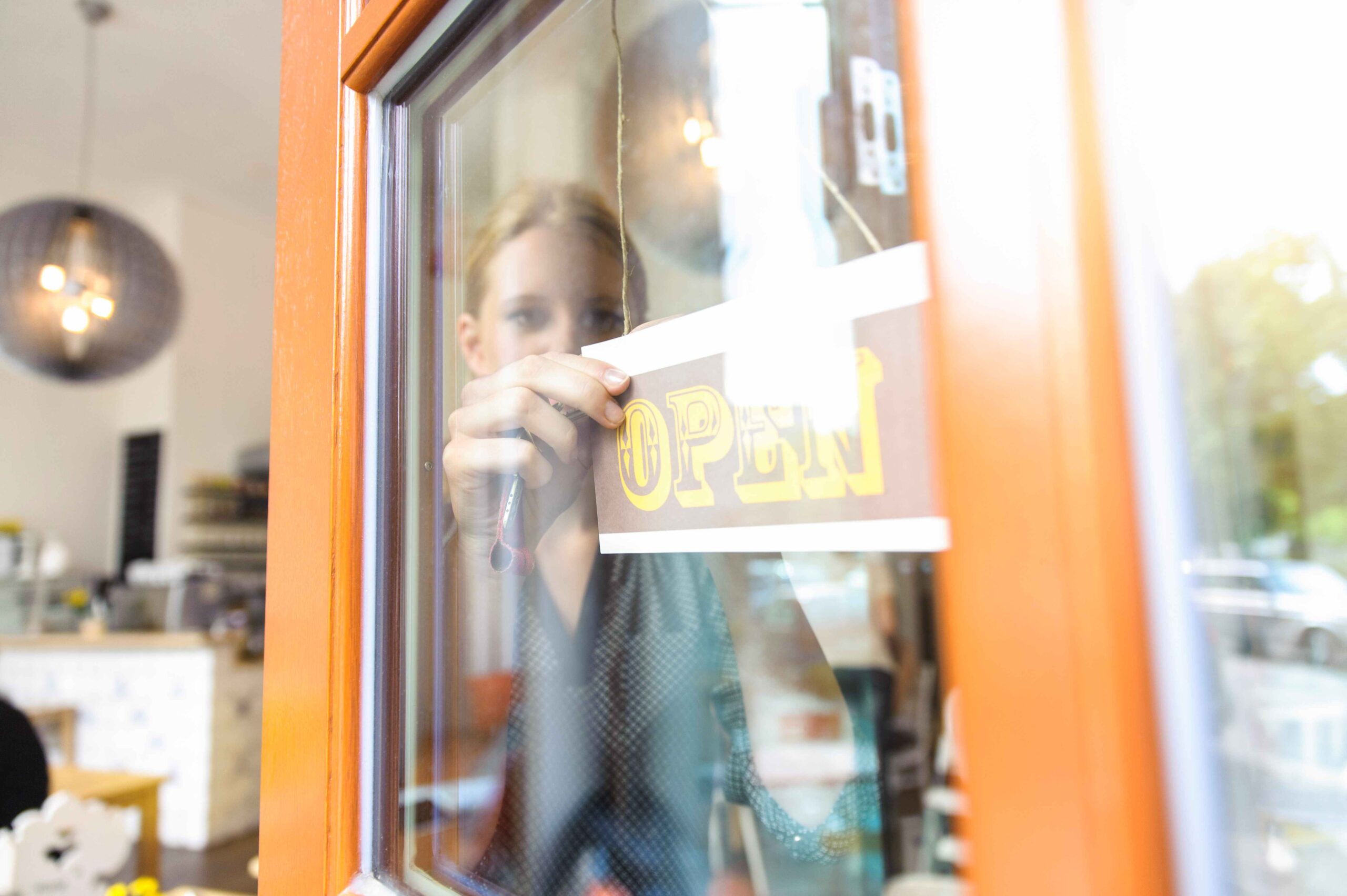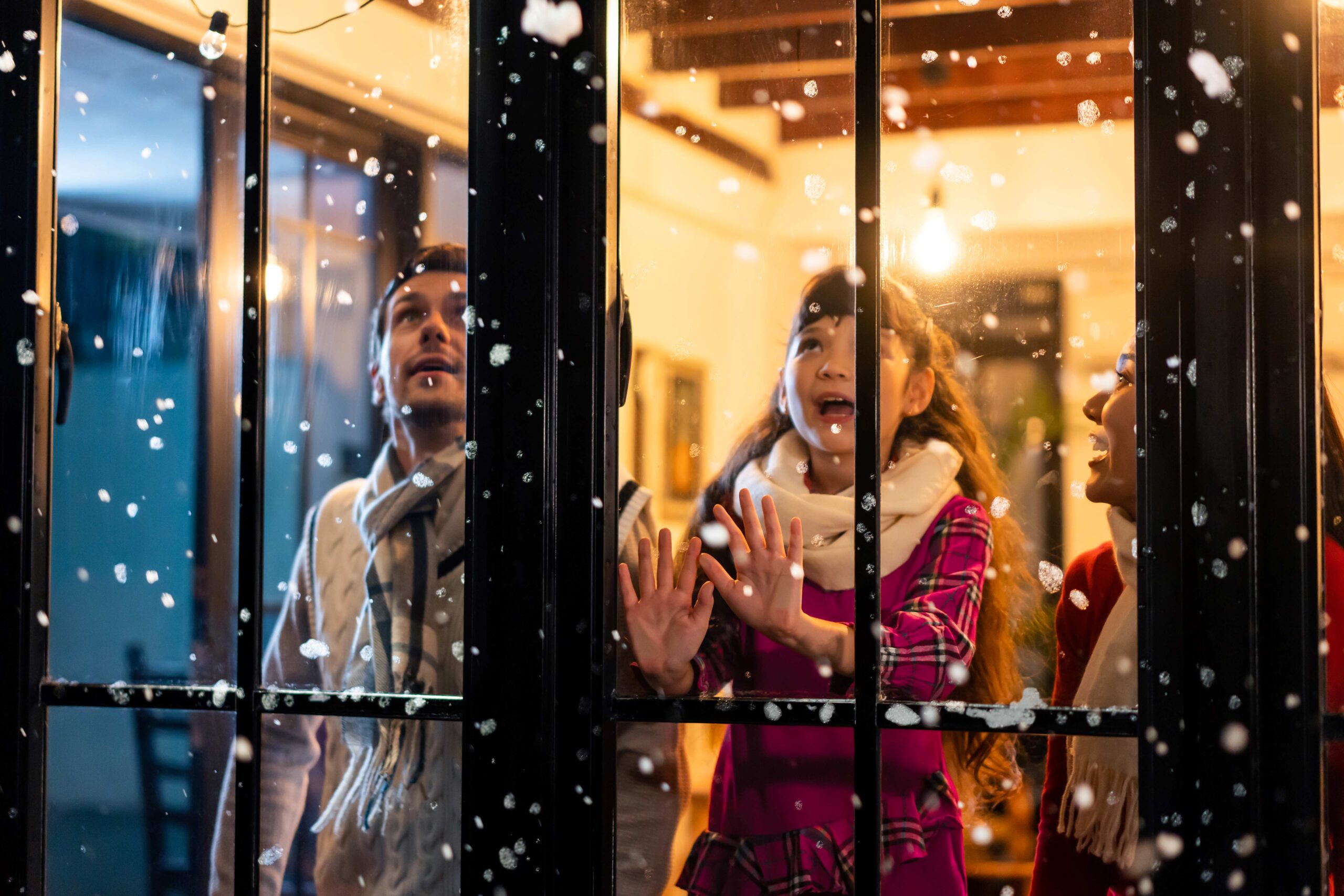Not all places insist on being seen. Some — like Venedocia — prefer to be noticed slowly. You don’t always catch it right away: the way culture in Venedocia shapes both silence and sound, or how time moves just a bit differently when you walk from York Street to the church lawn. At first glance, it might seem unchanged. But then you notice — the high school sign isn’t hand-painted anymore. The Lions Club poster has QR codes. And that teen on a bike? Bluetooth earbuds and a shirt with a phrase in two languages.
It’s tempting to romanticize a town like this. To treat it as if it were paused in sepia tones. But that would miss the point. Venedocia isn’t preserved — it’s lived in. Changed, yes. But deliberately. With care.
Language, Music, and the Welsh Voice
The Welsh heritage Ohio communities are often spoken of in past tense — as if the language, the hymns, the cadence of chapel life had long faded. That’s not quite the case here.
At Salem Church, you still hear verses in Welsh on high holidays. Choir rehearsals sometimes include bilingual lyrics — and not just for nostalgia’s sake. For those who grew up hearing both languages, there’s a muscle memory to it. A way the vowels rest in the mouth, how the harmonies bend. Music carries forward what textbooks can’t.
Teenagers may not speak Welsh fluently, but some know the lyrics to Calon Lân. That counts for something. It’s not pure tradition. It’s an iteration. And the difference matters.
Even in everyday settings — like the Sausage Festival — older voices will sometimes slip into Welsh. A comment, a blessing, a punchline. Younger folks laugh. Not always because they understand — but because they know it means something was worth saying twice.
Rural Life in the 21st Century
It used to be that rural meant remote. Now it means something more layered. In Venedocia, tractors still outnumber Teslas, but that’s hardly the whole picture. A family might run a third-generation farm — and freelance online during the slow season.
What’s constant is the rhythm. Seasons still drive the schedule. In early spring, the gravel roads soften and kids splash past them in rubber boots. By late summer, the post office window gets busy again — festival mail, church mail, reunion RSVPs.
Storefronts have changed, subtly. Some windows show handmade crafts with modern fonts. Others still use the same lettering from the 1970s, only a bit more faded now. Over the past decade, paint colors have shifted: more sage green, less barn red. Less because of trend — more, perhaps, because of what was on sale at the co-op.
That quiet practicality — it stays.
What Young Generations Bring
It’s easy to say that youth bring energy. But in small towns, they also bring pressure. To update. To explain. To make space.
Some of the most visible shifts in tradition and change come from younger residents. Not always on purpose. A skate ramp next to a cornfield wasn’t planned — it appeared. The community garden wasn’t a fundraiser — just an idea that became a habit.
Even prom photos look different now. Not just in poses, but in backdrops: metal silos swapped for mural walls, tractors for fairy lights. Culture shifts when the camera does.
Still, the core remains. Teenagers still help at the sausage tent. They still ring the bell at church, sometimes half-heartedly, but they do it. And when alumni come back — from college, from military service — they notice the new stuff. Then they fall back into old rhythms faster than they expected.
A Village That Chooses to Stay Visible
Future of Venedocia isn’t written in grant proposals or strategic plans. It shows up in how things are fixed — not replaced. In which buildings get new siding, and which stay weathered. In which hymns are kept, and which are translated.
The village has no mayor, no official seal. But it has memories. And that’s more potent than most policies.
Visibility here isn’t about the spotlight. It’s about traces. The welcome board now has a printed banner, yes — but the wood behind it still bears the old outline of the hand-carved sign. Teenagers scroll TikTok, but help fold chairs after the choir. People shop online, but still buy raffle tickets in person.
Maybe that’s the shape of small town culture now. Layered. Half digital, half dirt road. And while the future of Venedocia isn’t scripted — it’s not silent either. You just have to listen closely, because sometimes it hums under the surface — between verses, between seasons, between one painted sign and the next.